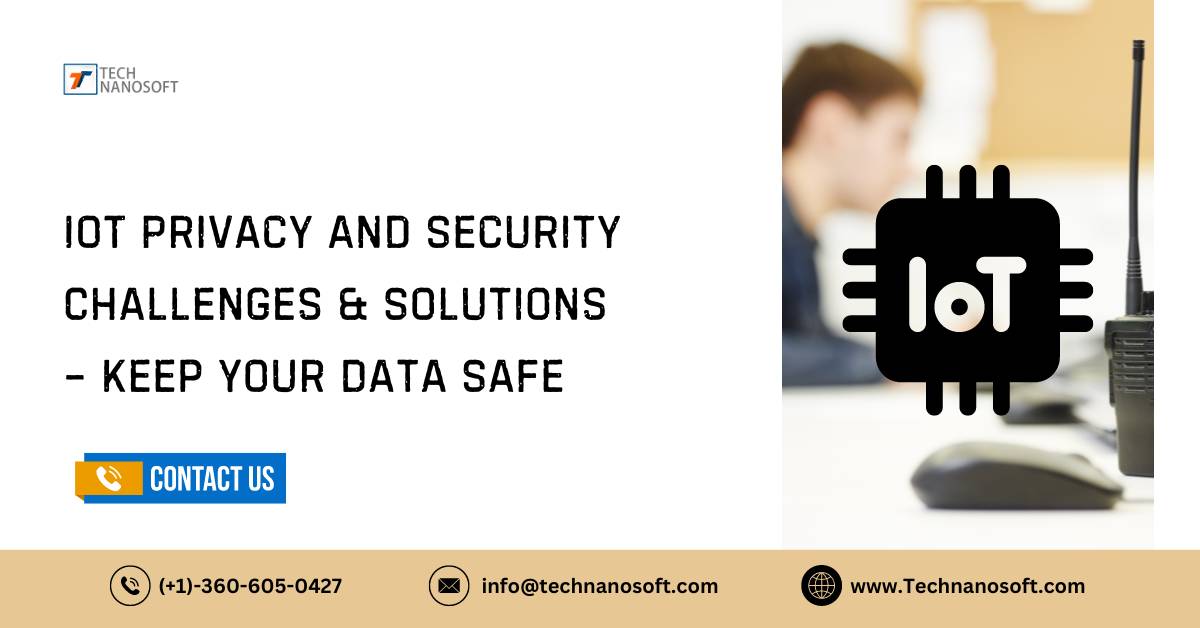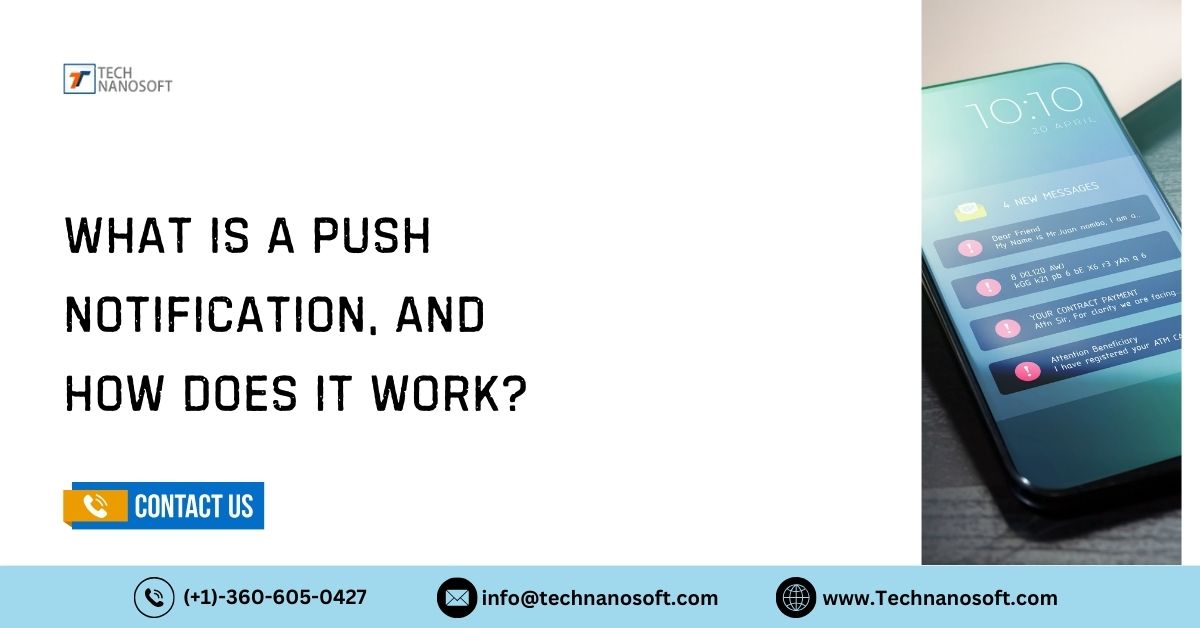IoT Privacy And Security Challenges & Solutions – Keep Your Data Safe

Smart devices are vulnerable to hacking in the age of the Internet of Things. Someone could use billions of connected devices to access private data, spread malware, or even cause tangible harm. As government agencies, businesses, and consumers use and rely on more IoT applications, network security will continue to be a critical concern for manufacturers and end users. Part of the burden of IoT privacy and security solutions falls on the end user, who must also build safeguards.
It should be no surprise that more gadgets are becoming online, out of which the name of IoT comes first. After all, the IoT privacy and security challenges and solutions help to improve business efficiency and simplify work processes. However, the biggest challenge in creating authentication and session management takes different forms.
What is IoT?
A device that can measure environmental parameters, produce associated data, and transmit it through a communications network can be added to an otherwise inert object using the Internet of Things technology. Examples of such stationary objects include vehicles, electronic plant systems, roofs, lighting, etc.
The collaborative network of connected devices and the technology facilitates communication between devices and the cloud and between the devices themselves. Examples of IoT Devices would be Thermostats, cars, lights, refrigerators, and such appliances.
IoT Privacy & Security
IoT privacy refers to data protection through IoT Devices where nearly any physical or logical entity is. An object can give a unique identifier and the capability to communicate on its own over the Internet or a similar network.
This process encounters many difficulties, including incorrect device updates, a lack of adequate and reliable security mechanisms, user ignorance, and well-known active device monitoring.
Data becomes increasingly appealing to hackers as more gadgets are connected to the Internet. IoT device security is essential to avoid being a victim of cybercrime.
5 Types of Security Attacks that Can Be Cause in IoT
Users of IoT devices may be at risk of a data breach due to the issues described below.
1. SOFTWARE
IoT devices are frequently run by unsophisticated software that needs more significant security capability due to their tiny size and low computer capacity.
2. INADEQUATE PHYSICAL SECURITY
Attackers can occasionally physically modify IoT devices situated in remote locations over lengthy periods. They can, for example, infect USB flash sticks with malware.
3. COMMUNICATIONS
Attacks that provide malicious actors access to other network devices or the ability to take control of targets and use them for their ends are possible in this domain.
4. DATA SECURITY
Numerous gadgets gather user data, such as patient information from medical equipment and private data from smart toys and wearables, and lax security makes them vulnerable to leaks.
5. LOW VISIBILITY
IT teams have difficulty gaining insight into all IoT devices connected to the network since they don't believe equipment like smart coffee makers or ventilation systems to be "critical enough" to track. If security professionals cannot see what is linked to the network, they cannot stop breaches.
IoT Privacy And Security Challenges
1. SECURE API
IoT devices frequently use APIs to communicate their data and get data from other systems. With a flawless API, organizations may prevent hackers from accessing their devices.
2. IMPROVE NETWORK VISIBILITY
IT teams require specialized visibility technologies like network access controls (NAC) to keep a thorough inventory of all network-connected devices. As soon as a new device joins, NAC technology needs to update the inventory and do a monthly verification instantly.
3. ENCRYPTED COMMUNICATION
To obtain access to devices, attackers might corrupt device connectivity. To avoid data breaches, you must encrypt communication between IoT devices and interfaces such as web and mobile apps. SSL/TLS is today's most widely used data transit encryption mechanism.
4. AUTHENTICATION
For device authentication, IoT based solutions can decrease because hackers always look for methods to access personal data. Some authentication methods are available here, including biometrics, digital certificates, and multifactor authentication. Making ensuring that unauthorized individuals cannot access your devices is essential.
CONCLUSION
Insecure IoT devices put networks, systems, and users at risk, but trying to secure them is more than just a matter of business configuration. Executing endpoint IoT privacy and security challenges and solutions such as antivirus, antimalware, firewalls and intrusion detection. Security aspects best practices for users include blocking unnecessary remote access and changing default protection passwords.









